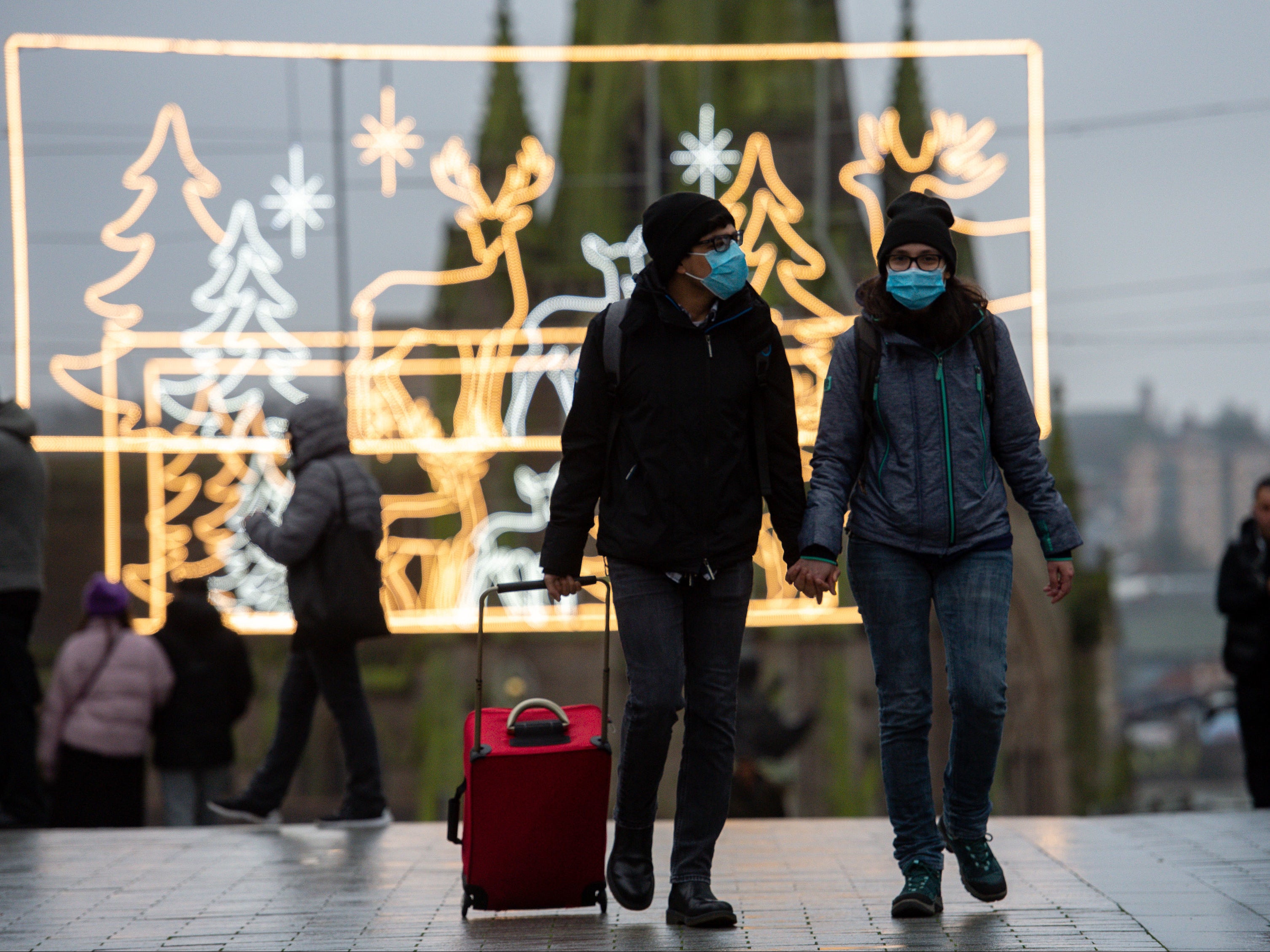Covid infections fall 30% since lockdown in England, new study shows
Case decline in north suggests 'tiered approach helped to curb infections’, researchers say

Your support helps us to tell the story
From reproductive rights to climate change to Big Tech, The Independent is on the ground when the story is developing. Whether it's investigating the financials of Elon Musk's pro-Trump PAC or producing our latest documentary, 'The A Word', which shines a light on the American women fighting for reproductive rights, we know how important it is to parse out the facts from the messaging.
At such a critical moment in US history, we need reporters on the ground. Your donation allows us to keep sending journalists to speak to both sides of the story.
The Independent is trusted by Americans across the entire political spectrum. And unlike many other quality news outlets, we choose not to lock Americans out of our reporting and analysis with paywalls. We believe quality journalism should be available to everyone, paid for by those who can afford it.
Your support makes all the difference.Coronavirus infections in England fell by almost a third during lockdown, a study has suggested - with the nation’s R rate suggesting the outbreak is receding.
One in every 80 people in the nation was carrying the virus on 2 November, before the UK entered its second round of nationwide restrictions, according to the React-1 study from Imperial College London and Ipsos Mori.
However in its latest round of testing, the study put the figure closer to one in every 100 people – with 0.96 per cent of people believed to be infected, a decline of 30 per cent in the space of a fortnight.
The study sees the university partner with the polling firm to test 105,000 volunteers, whether or not they have displayed symptoms, to offer a snapshot of the population as a whole
On a regional level, infections fell by more than a half in the North West and North East, as well as Yorkshire and the Humber.
However infection figures remained relatively unchanged in the East Midlands, London and West Midlands – the latter showing the highest rates of infection with 1.55 per cent of the population thought to be carrying the virus.
The capital also holds the highest R number of any region with a rate of reproduction of 0.95, while the lowest is seen in the North West and North East where the R stands at 0.76 and 0.78.
Professor Paul Elliott, director of the programme at Imperial, said the findings suggest the tiers before the beginning of November, followed by the lockdown, had helped bring cases down.
He said: “Our robust data offers encouraging signs for England’s epidemic, where we’re seeing a fall in infections at the national level and in particular across regions that were previously worst affected.
“These trends suggest that the tiered approach helped to curb infections in these areas and that lockdown has added to this effect.
“As we approach a challenging time of year, it’s even more vital that through our actions and behaviours we all play our part in helping to keep the virus at bay.”
Meanwhile the Department of Health said the study solidified the importance of tougher regional restrictions in some areas as the nation moves out of nationwide measures and into a local tiered system of lockdowns.
Health Secretary Matt Hancock said while the drop in cases is “encouraging”, the public must stick to the rules in the coming weeks.
He said: “Thanks to the huge efforts of the public over the last few weeks we have been able to get the virus more under control.
“This latest data shows we must keep our resolve and we cannot afford to take our foot off the pedal just yet, despite the encouraging fall in cases and progress on vaccines.
“The next few weeks and months are the busiest time of year for our NHS, so it’s vital we all continue to follow new local restrictions, wash our hands, wear a face covering and observe social distancing.”
Additional reporting by agencies


Join our commenting forum
Join thought-provoking conversations, follow other Independent readers and see their replies
Comments